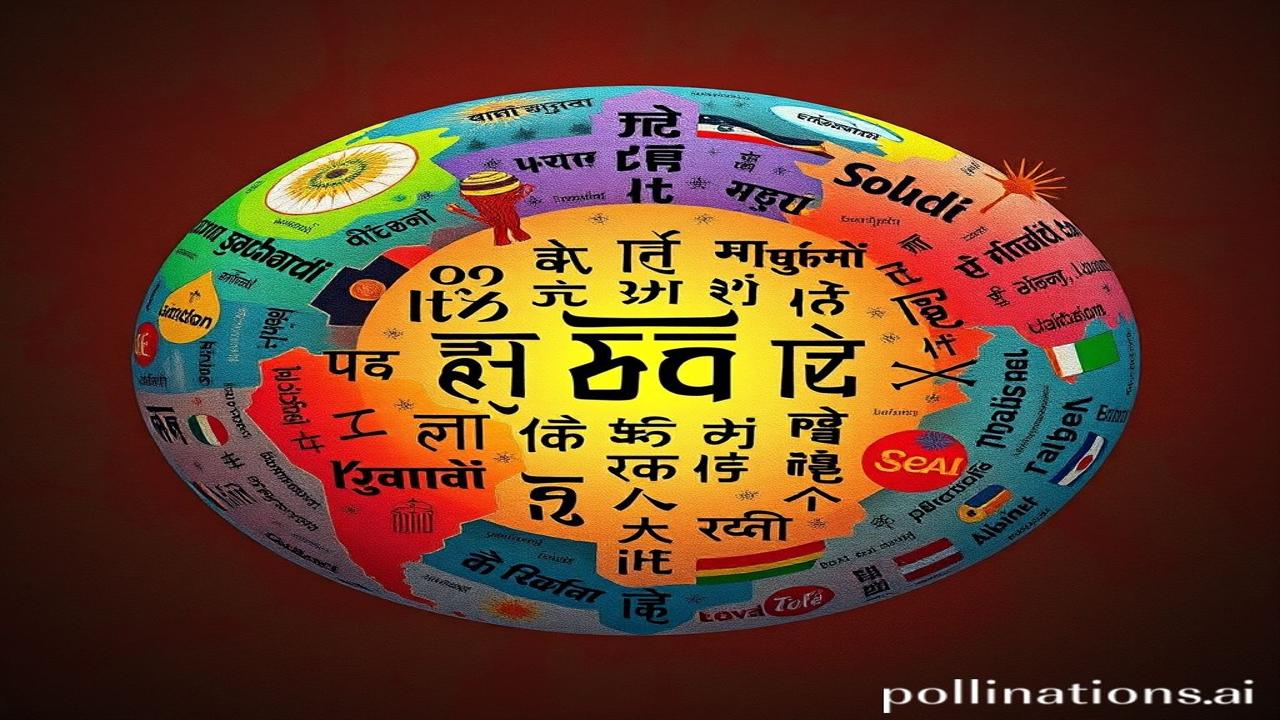Okay, let’s craft a Hinglish blog post that explores the fascinating influence of Sanskrit on languages around the world!
संस्कृत की गूंज: Echoes of Sanskrit Around the World
Kabhi socha hai, jab hum “Namaste” bolte hain, toh sirf greeting nahi, balki ek 5000 saal purani dharohar ko bhi jeevant rakhte hain? Waqt ki dhool mein kuch aise hi rahasya chupe hain, jo humein hairat mein daal dete hain. Today, let’s embark on a journey to uncover one such amazing truth – the enduring impact of Sanskrit on languages across the globe.
The Golden Thread: What is Sanskrit’s Global Footprint?
Sanskrit, often called the “mother of languages,” is an ancient Indo-Aryan language that originated in the Indian subcontinent. Its earliest form can be traced back to the 2nd millennium BCE. This wasn’t just a language; it was a vehicle for philosophy, science, literature, and spirituality. From the Vedas to the Puranas, Sanskrit was the medium through which knowledge and wisdom flowed for millennia. Iski importance isliye bhi hai because it laid the foundation for many modern Indo-European languages. Many forget its role as a carrier of philosophy through the Silk Route and beyond.
A Timeline of Influence: When and Where Did Sanskrit Spread?
- Ancient Times (2nd Millennium BCE – 5th Century CE): Development of Vedic Sanskrit, followed by Classical Sanskrit. Spread within India and Southeast Asia through trade, religious missions (Buddhism, Hinduism), and the establishment of Indianized kingdoms.
- Medieval Period (5th Century CE – 15th Century CE): Continued influence in Southeast Asia. Beginning of Sanskrit’s influence on European scholars through translations and studies.
- Modern Era (15th Century CE – Present): Discovery and study of Sanskrit by Western scholars, leading to the recognition of the Indo-European language family. Ongoing influence through yoga, meditation, philosophy, and cultural exchange.
ज़मीनी सच: लाइफ इन एंशिएंट इंडिया
Imagine a scene from ancient India. Ma Rukmini ne aaj naye kapde pehne, kyunki mandir mein utsav tha. The air smells of incense and marigolds. The sounds of chanting and temple bells fill the air. A young scholar, Arya, is painstakingly copying verses from the Vedas. His guru guides him, explaining the nuances of the language and the profound meanings behind each word. These words, born from the heart of India, would eventually travel across continents, shaping the way people think and speak. Think of the artisans crafting intricate statues and jewelry inscribed with Sanskrit mantras, the dancers performing stories from the epics, and the farmers chanting prayers for a bountiful harvest. Sanskrit wasn’t just spoken; it was lived.
Sanskrit as Spoken by Rulers & Saints
The royal courts of ancient India were centers of Sanskrit scholarship. Kings and queens patronized poets, scholars, and philosophers, ensuring the continued flourishing of the language. Saints and mystics, like Adi Shankaracharya, used Sanskrit to articulate their profound spiritual insights, leaving a lasting impact on Indian philosophy.
धरोहर और पहचान: Sanskrit’s Echoes Today
Even today, Sanskrit’s presence is undeniable. From our daily rituals like “puja” and “aarti” to the names of our yoga asanas like “Trikonasana” and “Shavasana,” Sanskrit is woven into the fabric of our lives. It’s not just a language; it’s a symbol of Bharatiyata, a connection to our roots. In Bollywood songs, the names of children, and the philosophical teachings that guide us, Sanskrit continues to resonate. It reminds us of who we are and where we come from. Iski shakti, iski kala, iski dharohar…it’s all intertwined.
मजेदार तथ्य या भ्रम-भंजक: Myths Busted!
Log samajhte hain ki Sanskrit sirf ek religious language hai, lekin asli sach yeh hai ki iska prayog science, mathematics, and medicine mein bhi hota tha! Did you know that some scholars argue that Sanskrit is the most computer-friendly language ever created due to its logical structure and precise grammar?
दृश्य और भावनाएं: Painting a Sensory Picture
Imagine walking through the ruins of Nalanda University. The air is thick with the scent of old stone and dust. You can almost hear the echoes of students chanting Sanskrit verses. The temple walls feel cool and smooth beneath your fingertips. The sun filters through the ancient trees, casting dappled shadows on the ground. The entire place speaks of an era of learning and wisdom, where Sanskrit was the key to unlocking the secrets of the universe.
अंतिम विचार या उद्धरण: A Final Reflection
“Vasudhaiva Kutumbakam” – the world is one family. This ancient Sanskrit phrase encapsulates the essence of our interconnectedness. Sanskrit’s journey across the globe reminds us that we are all part of a larger story, a shared human heritage. The language whispers: “अयं निजः परो वेति गणना लघुचेतसाम्। उदारचरितानां तु वसुधैव कुटुम्बकम्॥” – This is mine, that is his, is the calculation of the narrow-minded. But to the magnanimous, the whole world is their family.
